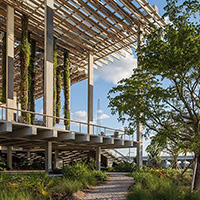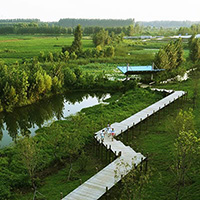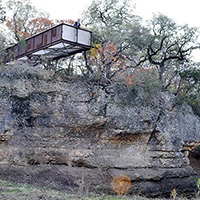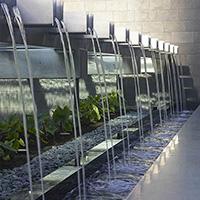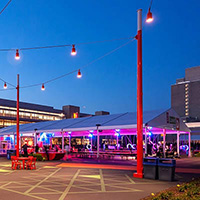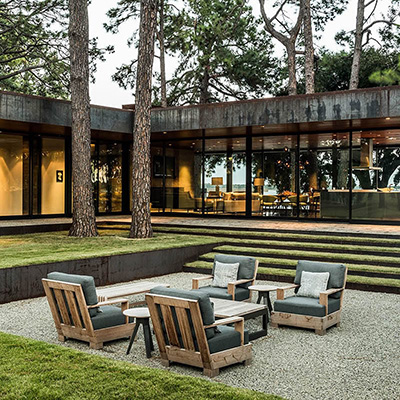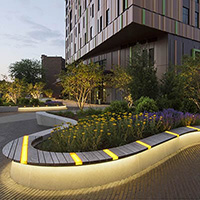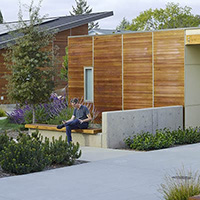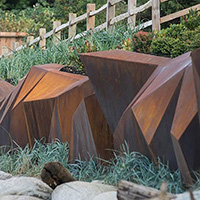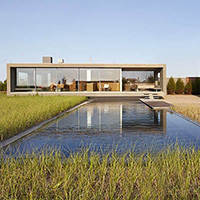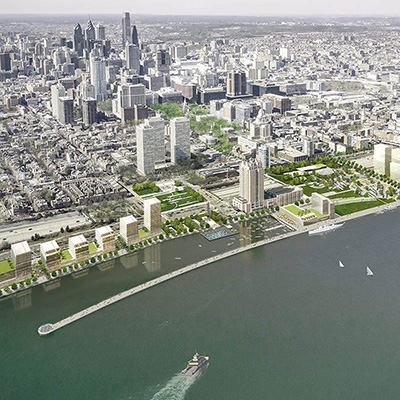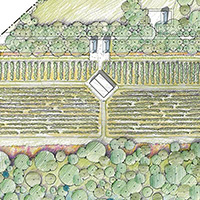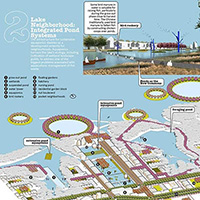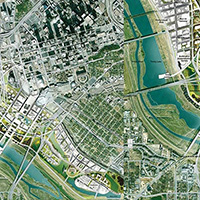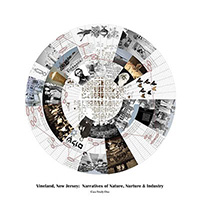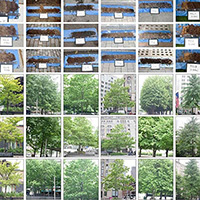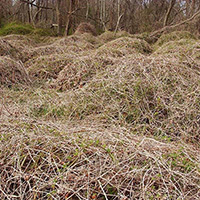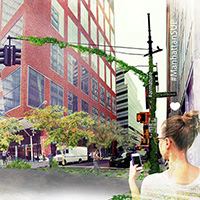At the Hudson's Edge: Beacon's Long Dock as a Resilient Riverfront Park
Beacon, NY
Reed Hilderbrand LLC
Client: Scenic Hudson Land Trust
Sixty miles north of New York City, we’ve transformed a postindustrial site into a popular riverfront park, where art, recreation, and environmental education enable visitors to forge deeper connections with the Hudson River and its history. Originally a wooden pier and basaltic railroad fill on tide flats, but vastly degraded throughout much of the twentieth century, the recuperated property has returned a vital part of Beacon’s waterfront to an active, diverse, and resilient landscape. Three phases of remediation and ecological restoration have been completed, earning a three-star ranking from the Sustainable Sites Initiative.

